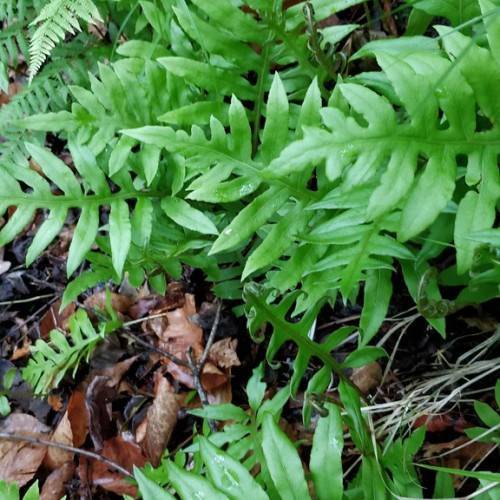
netted chain fern
Woodwardia areolata
Cycle:
Perennial
Watering:
Frequent
Hardiness Zone:
3 - 9
Flowers:
Flowers
Sun:
Part shade,full shade
Leaf:
Yes
Growth Rate:
Low
Maintenance:
Low
Drought Tolerant:
Yes
Salt Tolerant:
Yes
Care Level:
Medium
watering
Netted Chain Ferns should be watered when the top inch of the soil has dried out. The soil should be moist, not soggy, at all times. During the spring and summer, Water the plant once or twice a week. During the fall and winter, Water only when the surface soil has become completely dry. Water until the soil is evenly moist but not over-saturated. Allow the soil to dry out more in-between waterings in the cooler months. Reduce watering during the winter months while the plant is dormant.
sunlight
Netted chain ferns, or Woodwardia areolata, require bright, indirect sunlight or partial shade for healthy growth. They prefer a majority of the day to be shaded with just a few periods of direct sunlight. In optimum conditions, direct sunlight should be limited to 2 to 3 hours a day, ideally in the morning hours. This fern thrives best in high humidity, making it an ideal choice for tropical climate environments. When grown indoors, regular misting is generally recommended and regular watering is necessary.
pruning
Netted Chain Fern (Woodwardia areolata) should be pruned in early spring before new growth begins. Pruning should be done moderately, removing any fronds that are dead or broken, as well as any dead growth on the stem. The fern should also be thinned out, pruning some of the older and lower fronds to allow newer and healthier fronds to take their place. In general, no more than 1/3 of its total length should be removed when pruning the fern. Pruning any more than this may result in a drastic reduction in the plant’s foliage and create an imbalance in its growth.
